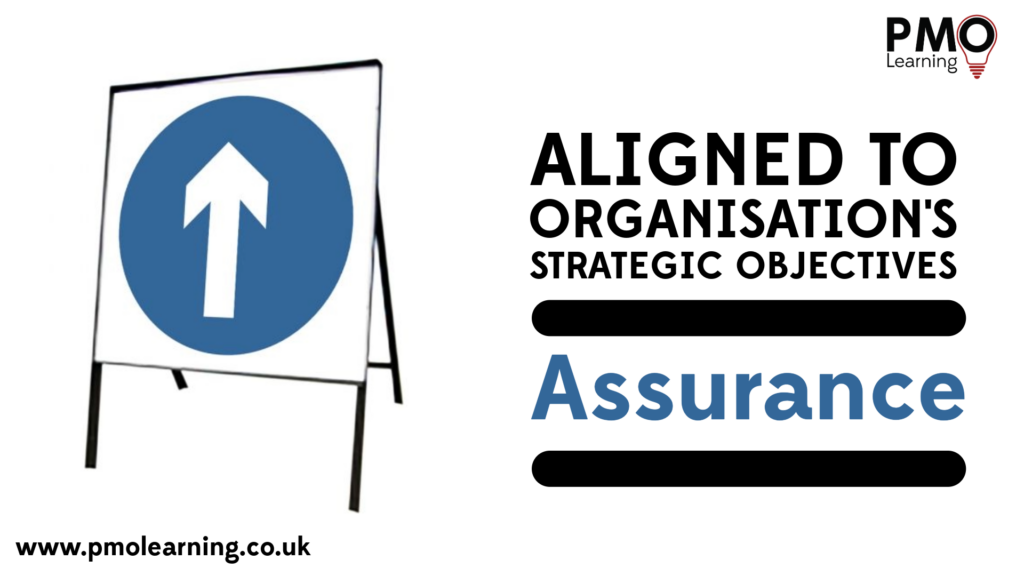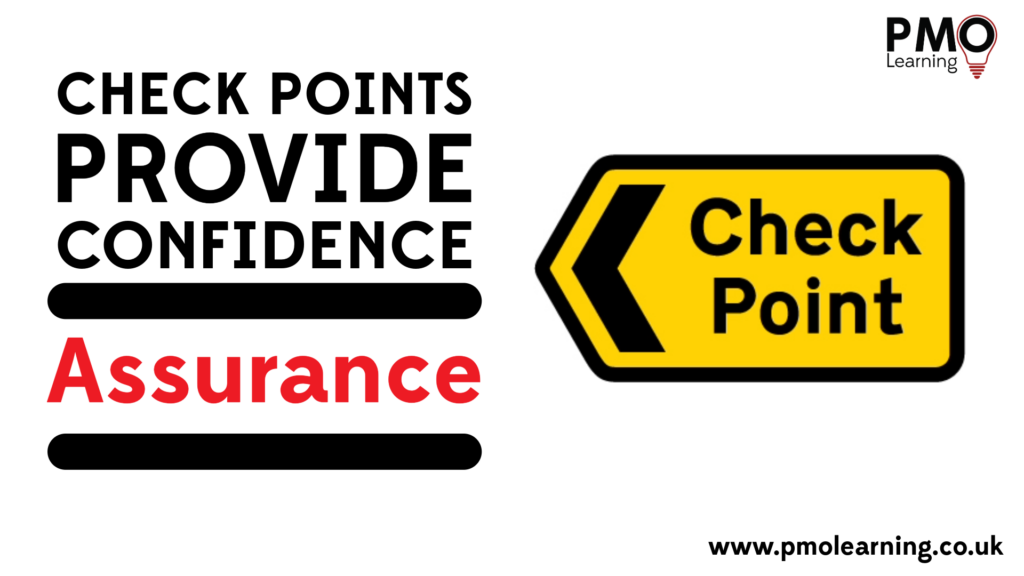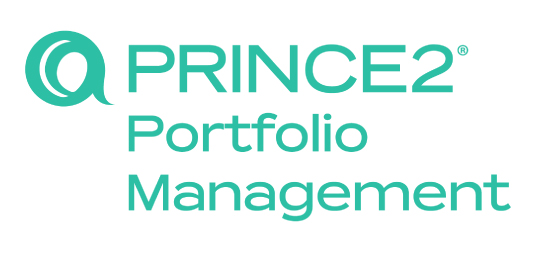According to the PMO Competency Framework, the assurance service and associated activities from the PMO is all about:
Providing confidence to the executive, sponsor and stakeholders that the project, programme and/or portfolio remains under control, on track to deliver and aligned with the organisations’ strategic objectives
The PMO Competency Framework is one of the core texts for the Essentials courses from the House of PMO. The Competency Frameworks focuses on the many different competences that are required by PMO professionals in order to carry out their role successfully.
The Assurance competency features in the category – P3M Enabling – which essentially means, the PMO provides services in assurance across the whole delivery environment – projects, programmes and portfolios – that enable them to deliver their outputs and outcomes successfully.
For the PMO, that means there are many different components to Assurance – as outlined in the syllabus for the Assurance for PMO Professionals course – and many different services, activities and tasks which can be offered.
With the aim of providing confidence, let’s examine how that translates to assurance-related services from the PMO.
Aligning to Strategic Objectives

Every project and programme should hopefully be heading in the right direction whilst being delivered, and they should also be aligned to the organisation’s strategic objectives otherwise we will have some great projects however they’re not helping the organisation either grow, become more profitable, do better for their customers or members of the public.
From a PMO point of view, we are looking at assurance alongside lots of other components, for example:
- Goals Mapping: The PMO maps project objectives to the organisation’s strategic goals, ensuring every project contributes to the broader mission.
- Prioritisation: Projects are prioritised based on their strategic value, ensuring resources are allocated to the most critical initiatives.
- KPIs and Metrics: The PMO defines and monitors key performance indicators (KPIs) and metrics to track progress against strategic objectives
- Optimal Resource Use: Resources are allocated based on strategic priorities, ensuring that projects with the highest strategic impact receive the necessary support.
Before work starts on project and programme delivery, PMO services will focus on portfolio management activities to ensure the organisation’s strategic objectives are clearly understood. Laying the groundwork here helps us with the first steps towards providing confidence throughout the delivery lifecycle.
Did you know? The blue signs used are to give instruction to drivers – the blue circle road signs give a positive (compulsory) instruction
Assurance Frameworks
 Assurance frameworks are structured sets of processes, standards, and practices designed to provide confidence that projects, programmes, and portfolios are being managed effectively and will achieve their objectives.There are several components of assurance frameworks, all of which the PMO has a hand in creating or supporting the implementation, for example:
Assurance frameworks are structured sets of processes, standards, and practices designed to provide confidence that projects, programmes, and portfolios are being managed effectively and will achieve their objectives.There are several components of assurance frameworks, all of which the PMO has a hand in creating or supporting the implementation, for example:
- Governance-related – roles and responsibilities and the approvals process
- Standards and methods related – the delivery methodologies and the quality standards
- Reporting – regular reporting to keep execs, sponsors and stakeholders informed
- Risk management related – risk assessments and contingency planning
- Audit and review related – internal and external reviews
- Compliance and regulatory – adherence to laws, policies etc
All of these components come together to help increase the confidence levels – not one single piece of information is used, it is the combination of different services and reporting which help execs, sponsors and stakeholders feel confidence of the status and direction of travel.
Project Status

If there is one road sign which is highly popular in project management, it’s this one – the traffic lights. Red, amber and green have been used for many years to give a quick status on projects:
- Green – The project is on track and progressing as planned.
- Amber – The project faces potential issues that need attention but can still be managed.
- Red – The project is in serious trouble and requires immediate intervention.
In project assurance, it gives the quick status or health of the project and will be used by the PMO in several different reports and documentation.
The PMO will provide project status, executive summary, quality assurance, compliance, and audit reports—all to help provide transparency to execs, sponsors, and stakeholders about the status of the delivery.
For the PMO, the traffic lights can symbolise the stages of project assurance: Red for stop and review, Amber for caution and monitor, Green for go ahead with confidence.
Forward-Looking Information
 Assurance services from the PMO should be designed to be ‘forward-looking’. They are all about providing confidence that the project or programme will deliver successfully. Multiple routes and options will be available to overcome obstacles, avoid risks, plan for upcoming challenges, and reduce costs and slippage.
Assurance services from the PMO should be designed to be ‘forward-looking’. They are all about providing confidence that the project or programme will deliver successfully. Multiple routes and options will be available to overcome obstacles, avoid risks, plan for upcoming challenges, and reduce costs and slippage.
A proactive approach to project assurance aims to identify potential issues before they arise and implement measures to avoid or address them. The PMO can provide support to delivery managers in risk management, forecasting, scenario planning, stakeholder management, early warning systems, providing periodic reviews and provide leading indicators in performance monitoring and reporting.
Benefits of Forward-Looking Project Assurance
- Proactive Issue Resolution: By anticipating problems, the project team can address issues before they escalate.
- Enhanced Decision-Making: Better information about future risks and opportunities leads to more informed decision-making.
- Improved Project Outcomes: Projects are more likely to stay on schedule, within budget, and meet their objectives.
- Increased Stakeholder Confidence: Stakeholders are reassured that the project team is actively managing potential future risks and is prepared for upcoming challenges.
Checkpoints

Finally, a regular fixture from the PMO – project reviews. Conducted at various stages of the project or programme, project reviews assess progress, performance, and alignment with objectives, making it one of the key activities that provides confidence to execs, sponsors and stakeholders.
The PMO has to be objective when providing a project review service – and the review can focus on many different areas too – such as risk, quality, milestones, budget and so on. Reviews help build confidence among stakeholders by providing regular updates and transparency. Project reviews are essential for maintaining control over a project, ensuring it stays on track, and achieving successful outcomes.







